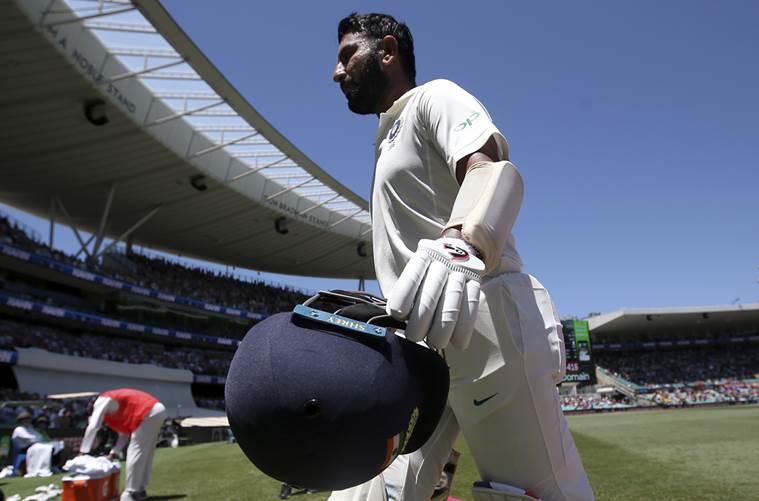Sandeep Dwivedi grew up in a house that overlooked the ground where an 8-year old Cheteshwar Pujara learnt to bat from his cricket-tragic father. He witnessed the baby steps taken by India’s No.3, closely followed his rise up the ranks and has watched him bat around the world.
I grew up in a home that overlooked an unfenced local cricket ground that occasionally hosted first-class games. 3, Kothi Compound, Rajkot was a much-envied address among all Railway Colony kids. Our terrace towered over the sightscreen to give the much-valued behind-the-bowlers’ arm vantage point to watch cricket. The front gate opened straight into this all-purpose Railway ground where we played tennis ball cricket, learnt to cycle, flew kites, made friends, had fallouts and primarily spent countless idle afternoons venerating mostly mediocre club cricketers.
That wonderland of our teenage years, the graveyard of our charmingly unrealistic sporting dreams, was also where the seeds of Indian cricket’s most recent, most elusive win were sown. The hero of the Test series win that took 71 years and 11 tours in the coming is from our neck of the woods.
The Man of the Series in India’s first-ever Test triumph in Australia, celebrated as much for his 521 runs as for the 1,258 balls he faced, first hit a hard red cherry in a corner of our ground, a strong hard throw distance from my home. Cheteshwar Pujara once upon a time lived in our colony and the cricketing Waterloo enforced by India, traces its origins to the playing field of our childhood.
I saw the making of Cheteshwar.
Cheteshwar was barely 8 when his father Arvind dressed him up in sparkling whites, made him wear home-made mini pads and got him to the Railway ground. He had light eyes and an angelic face.

Everyone called him Chintu or ‘Pujarabhai no chokro‘, the latter was popular with Arvind’s colleagues from the Engineering department. He was too tiny for a net session but his cricket-mad father, a Ranji Trophy wicket-keeper batsman and sports quota Railways employee, wanted an early cricket christening for his son.
Ask any Kothi Compound resident of late 90s to early 2000 and they would remember seeing the Pujaras on most evenings in the corner of the Railways ground, under the neem tree, next to the volleyball court. The father rolling the ball along the ground, the son methodically bringing the bat down and playing it straight back to him.
Years later, Arvindbhai would tell me why he avoided giving the usual one-bounce throw downs to his pre-teen son. “At that age, kids swing their bat wildly to connect to the ball and end up playing cross-batted shots. I didn’t want Chintu to develop that bad habit.” The ball that Arvind set rolling wouldn’t stop, it travelled around the world. Chintu would never forget the first lesson he got under the neem tree, he would continue playing straight, complete 5,000 plus Test runs at 30 and get counted among the last few batsmen responsible for keeping the dying art of Test match batting, alive.
After his third hundred in Australia, the cricket universe stood up in ovation. The batting deity Viv Richards called his batting “pure gold”, the brutally blunt, hard-to-please Kevin Pietersen tweeted: The RESPECT you get as a cricketer for what @cheteshwar1 is doing in TEST CRICKET, is GREATER than any wonderfully skillful T20 innings. Youngsters – look, learn & listen!”
[“source=indianexpress”]







